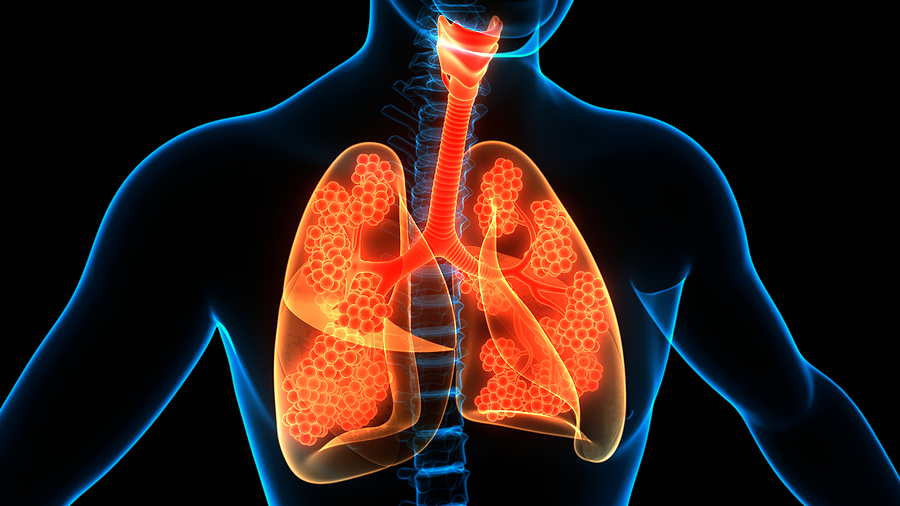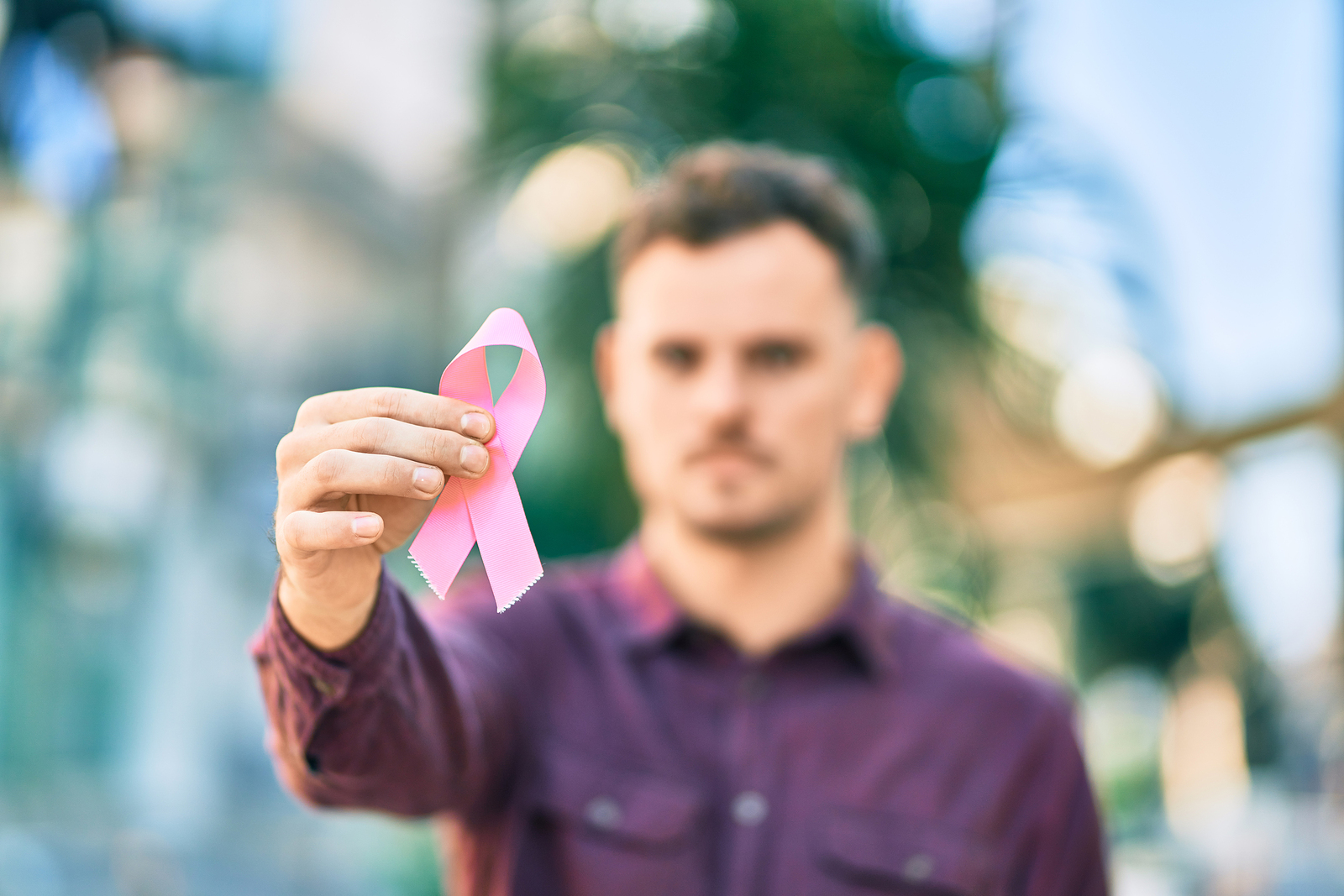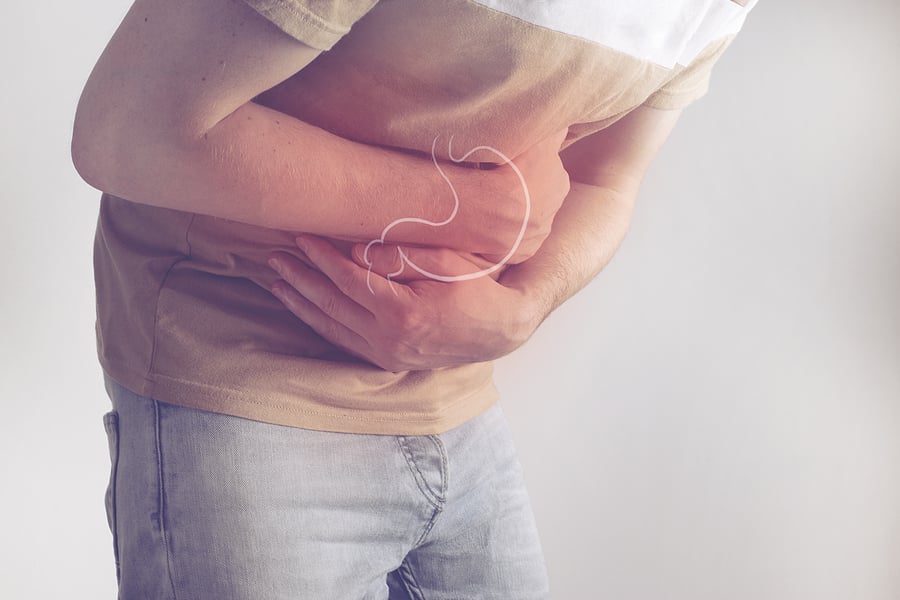Malignant Neoplasms of the Trachea

Years after the September 11, 2001, terrorist attacks in Lower Manhattan, at the Pentagon, and the wreckage site in Shanksville, PA, researchers noticed a sharp increase in the number of head and neck cancers diagnosed in individuals who lived, worked, or attended school near those locations on 9/11 or during the many months afterward. This increase was most prevalent in rescue workers who were over 55, non-Hispanic white, and serving in a military or protective service position during the rescue and recovery efforts — but has also been found in many non-responders including downtown NYC workers and residents. One of the types of head and neck cancers in which there is a noticeable increase in cases among 9/11 first responders is malignant neoplasms of the trachea.
September 11th was a dark day in U.S. history, and unfortunately, the darkness continues for many of the individuals who rushed to the scenes of the attacks to help the innocent victims and those who worked in the days and weeks afterward to clear the debris. Many types of cancer are often not diagnosed until many years or even decades after toxic exposure, leaving those who were exposed to the toxic Ground Zero dust and fumes that hung over all of lower Manhattan for many months to worry and wonder if they are going to become sick.
If you were diagnosed with trachea cancer after performing first responder wtk or even just working or living Downton on 9/11 or the many months afterward, you can obtain free lifetime healthcare monitoring and treatment, as well as compensation, through two federally funded programs: the WTC Health Program and the September 11th Victim Compensation Fund (VCF).
The experienced legal team at Hansen & Rosasco can explain these programs to you and can help you with your claim. We have assisted 9/11 first responders and survivors (downtown residents and workers) of the attacks since 2001, when funding was first made available for individuals who suffered harm on that day. Contact us for a free case evaluation to learn more about the process of obtaining the funding and care you deserve.
What Is a Malignant Neoplasm of the Trachea?
A malignant neoplasm of the trachea, also known as tracheal cancer, is an abnormal mass of tissue (tumor) that forms when cells grow and divide more rapidly than they should or when old or damaged cells fail to die off to make room for healthy cells as they should. The trachea, also known as the windpipe, is the airway that leads from the larynx (voice box) to the bronchi, which are the larger airways that lead to the lungs. Three types of malignant tumors can occur in the windpipe, including:
- Squamous Cell Carcinoma: This type of cancer occurs more often in men between the ages of 50-70 and is often associated with smoking. This type of tumor is fast growing and often is not detected until it has progressed too much to remove.
- Adenoid Cystic Carcinoma: This type of tumor forms and spreads along the trachea’s lining and is generally not associated with smoking. These normally slow-growing tumors most often appear in men and women between the ages of 40-60.
- Carcinoid Tumor: This type of cancer generally originates in the cells of the endocrine or nervous system and the cells migrate to other parts of the body, including the trachea.
How is Tracheal Cancer Caused?
The most common type of tracheal cancer—squamous cell carcinoma—is strongly associated with smoking. The increase in cases associated with World Trade Center first responders has indicated a causal link between the carcinogens found in the toxic dust plume and respiratory disorders, including malignant neoplasms of the trachea.
Diagnosis
The most common symptom of tracheal cancer is difficulty breathing. However, this symptom can be associated with other respiratory disorders as well, including asthma, bronchitis, and chronic obstructive pulmonary disease. Doctors will evaluate first responders and other 9/11 survivors seeking health care and monitoring through the WTC Health Program to find common symptoms of this cancer, such as:
- Coughing, with or without blood
- Noisy breathing, including a gasping sound
- Difficulty swallowing and hoarseness
Following an evaluation of your medical history and symptoms, as well as a physical exam, your doctor will likely order a series of diagnostic tests including:
- Three-dimensional chest CT scan: This allows the doctors to see a three-dimensional view of your airway, which helps determine the underlying cause of your symptoms and see the extent of your tracheal disease.
- Laryngoscopy: This test involves inserting a flexible, narrow tube with a camera attached to it through the nose or mouth into the airway. This procedure is usually performed in the doctor’s office under topical anesthesia.
- Bronchoscopy: A rigid or flexible tube with a tiny camera on the tip—known as a bronchoscope—is inserted through the nose or mouth into the airway to examine the trachea and bronchi.
- Biopsy: The bronchoscope removes a small sample of tracheal tissue to study under a microscope to search for abnormal cells that can help inform a diagnosis.
You may also be asked to perform the following tests as part of your diagnosis:
- Pulmonary function test: This test involves taking a deep breath and then exhaling as hard as you can into a mouthpiece that is attached to a machine. The machine measures how much air you can inhale and exhale and can help your doctor to identify the location of certain airway blockages.
- Six-minute walk test: This test involves walking back and forth on a hard flat surface as quickly as possible for six minutes while your heart rate and oxygen level are monitored.
Treatment
Depending on how far your cancer has progressed, your treatment options can be focused on curing the disease or they can be focused on providing relief from symptoms. The preferred treatment—when possible—is to remove part of the trachea and tumor and connect the remaining ends of the organ. Some of the other commonly provided treatments for tracheal cancer include:
- The placement of a tracheobronchial stent, which is a metal or silicone tube that is inserted into the trachea to keep the airway open.
- Laser therapy to essentially vaporize the tumor.
- Photodynamic therapy, which is a multi-step, outpatient procedure in which a medication is injected into your veins that concentrates in the tumor. A bronchoscope laser destroys the tumor. Days later, the bronchoscope removes the dead tissue from the body. While this is an effective way to shrink a tumor, the treatment does not cure the disease.
- Microdebriding, which involves inserting an apparatus through the bronchoscope into the tumor that eats away at the abnormal growth.
- Separating the tumor from the wall of the trachea by coring it with a rigid bronchoscope.
Additional treatments for tracheal cancer often include radiation therapy and chemotherapy. Malignant neoplasms of the trachea are rare, and the prognosis of this disease isn’t especially encouraging. Post-operative complications include infection of the surgical site, a recurrence of the cancer after treatment, and a reduced quality of life due to chronic postoperative pain.
Getting Your Tracheal Cancer Certified
To obtain free health care and monitoring through the federally funded WTC Health Program, you must first ensure that you are eligible for the program. The following groups are presumptively eligible to participate based on their location when the attacks occurred and during the clean-up efforts through the following months:
- FDNY active or retired fire responders who were involved in the rescue and recovery effort at the World Trade Center, the Staten Island Landfill, or the NYC Chief Medical Examiner’s Office between September 11, 2001 – July 31, 2002, for a minimum of four hours.
- WTC general responders, including those who volunteered or worked onsite in the rescue, recovery, clean-up efforts, or related support services in lower Manhattan (south of Canal Street), at the Staten Island Landfill, or certain bridge loading piers for the required minimum number of exposure hours according to location and activity.
- Individuals who lived, worked, or attended school in the NYC disaster area during the exposure period of 9/11 through July 341, 2002.
- Those who performed rescue, recovery, debris cleanup, and related support services at the Pentagon attack site or at the site where the plane crashed in Shanksville, PA.
Once you have ensured that you meet the eligibility criteria for the location and time of exposure to the toxic plume, you should gather supporting documentation that serves as proof of presence at a 9/11-related exposure site.
Here’s some of the documentation that your application should include:
- The type of work you performed when exposure occurred.
- The address or street name of the location where you worked, lived, or attended school.
- The time you were present at each affected location.
- How many hours per day you were present at each location.
Documentation can be obtained through your current or former employer, including a police memo book, timesheet or overtime report, awards or letters of commendation for your 9/11-related activities during the affected time, or letters from the workers’ compensation board for your 9/11 work, if it includes dates and locations of work and the duties performed.
After you’ve gathered your documentation, you can apply for the WTC Health Program online or submit a paper application by mail or fax. If you are determined to be eligible for the program, you will receive an initial physical exam and can seek certification of covered conditions that you are diagnosed with, including tracheal cancer. Finding the appropriate documents after so many years can be challenging, but our 9/11 attorneys and skilled support staff have been successful and resourceful thousands of times resulting in approved claims the vast majority of the time.
Seeking Compensation Through the VCF
The certification of your 9/11-related medical condition doesn’t just allow you to access medical treatment, it also is used as a qualifier for another 9/11 federal benefit program, the September 11th Victim Compensation Fund (VCF). The VCF provides monetary compensation for wage loss and pain and suffering incurred by 9/11 responders and survivors, as well as wrongful death compensation for the family members of those who died as the result of a 9/11-related medical condition.
With the VCF, there are two important deadlines to be aware of:
- The registration deadline. Registering with the VCF reserves your right to file a claim in the future. You must register with the program by July 29, 2021, if you had a medical condition certified by the WTC Health Program before July 29, 2019, or if your loved one died of a 9/11-related medical condition before that date. For those who had their conditions certified after July 29, 2019, the registration deadline is two years from the latest date listed on your medical certification.
- The claim deadline. Once you have successfully registered with the VCF, you can file your claim any time before October 2090.
To file a claim, you must submit documentation proving you have a certified 9/11-related medical condition and other documents as necessary, depending on the type of compensation you’re seeking. Once you have submitted your claim, it will undergo a preliminary review to ensure that you included all required documentation for your claim. If you are missing documentation, you will receive a notice from the program, detailing the information that you need to provide. Your case will go on inactive status until you submit the information. After you’ve passed the preliminary review, a substantive review will take place. The approval process for VCF claims is currently taking about a year from the submission of the claim.
Hansen & Rosasco Can Help With Your Claim
For answers to your questions about the federal 9/11 benefits programs and your eligibility, or for assistance applying for these programs or appealing a decision, trust the legal team that has advocated for victims since these programs began. Hansen & Rosasco takes the mystery and hard work out of your hands, allowing you to focus on your health and future while we focus on the process of obtaining compensation for your 9/11-related illness. We can often greatly speed the process and, with our knowledge and experience, make sure that all affidavits and other required documents are prepared correctly so that our claim is successful. Talk to one of our 9/11 attorneys about your case today.



